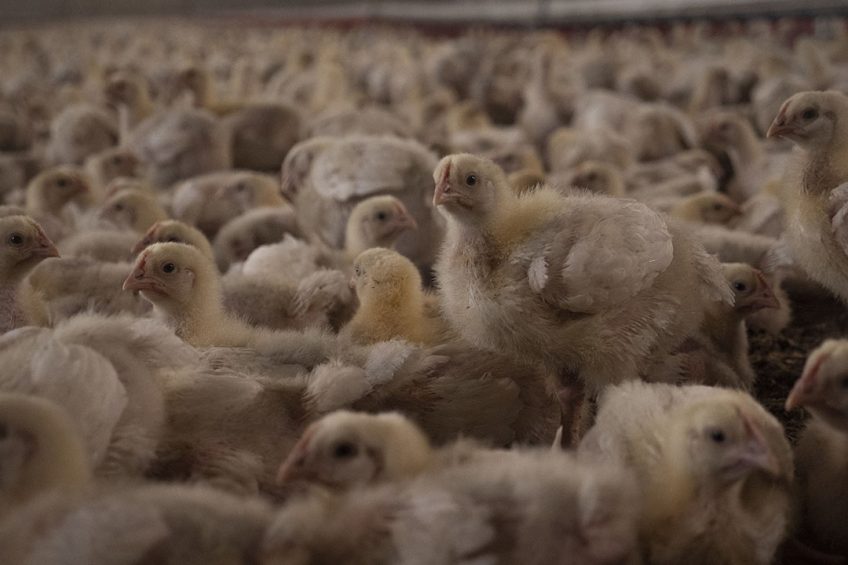Covid-19 may jeopardise Russian poultry export for years

There is a good chance that Russia’s plan to boost its agricultural export to $?45 billion by 2024 will fall short, because of the continuing Covid-19 pandemic. This concludes the Russian Agricultural Ministry in a warning on the newest industry development strategy.
The novel coronavirus epidemic has caused problems in delivering goods to China and hampered trade around the world. The cancellation of business events and competitive bidding procedures could negatively impact the dynamics of the Russian agricultural export growth, the Ministry said. The Russian government plans to significantly expand agricultural export in the coming years. The export value is predicted to grow from the anticipated $ 25 billion in 2020 to $ 45 billion in 2024, with the value of export of all commodities increasing. The Russian meat export is set to jump from $ 416 million in 2018 to $ 1.6 billion in 2024, with poultry as the main export commodity.
Costly disruptions
Russia is currently the world’s 11th biggest poultry exporter. In 2019, the target was to export 200,000 tonnes of poultry and by 2024 to gradually raise overseas sales in order to become the 5th world’s biggest poultry exporter, according to Sergey Lakhtyukhov, director general of the Russian Union of Poultry Producers. However, the disruption in exports to China could be a major blow for the Russian poultry export this year. Russia exported 62,600 tonnes of poultry to China, representing $ 143.4 million, the Ministry said in a statement earlier this year. The opening of the Chinese market has also increased the average price of poultry on export contacts for the Russian companies by 48.3% to $ 1565.4 per tonne. China has rapidly become the biggest sales market for the Russian poultry.

Also interesting:
Coronavirus could disrupt poultry production
Looking for alternative routes
Several Russian companies, including the country’s biggest meat producer Cherkizovo, reported disruptions in poultry exports to China, which occurred because of the Covid-19 outbreak and logistics problems in the country’s sea ports associated with that. Some ships with poultry meat had to be diverted to other countries in order to not be caught in logistics jam.
Trying to avoid future logistics problems, the Russian Export Center announced that it launched a project of exporting poultry to China via rail. It takes 55 days for Russian poultry to arrive in China by sea, while the railway route will cut that time by two thirds. However higher transport tariffs apply. According to Lakhtyukhov, Russian poultry farmers are hoping that the Russian government grant subsidies on tariffs, so that the consumerprice on the Chinese market can stay competitive.

Covid-19 Up-date
What impact is the pandemic having on the global poultry sector and how are they dealing with it.












